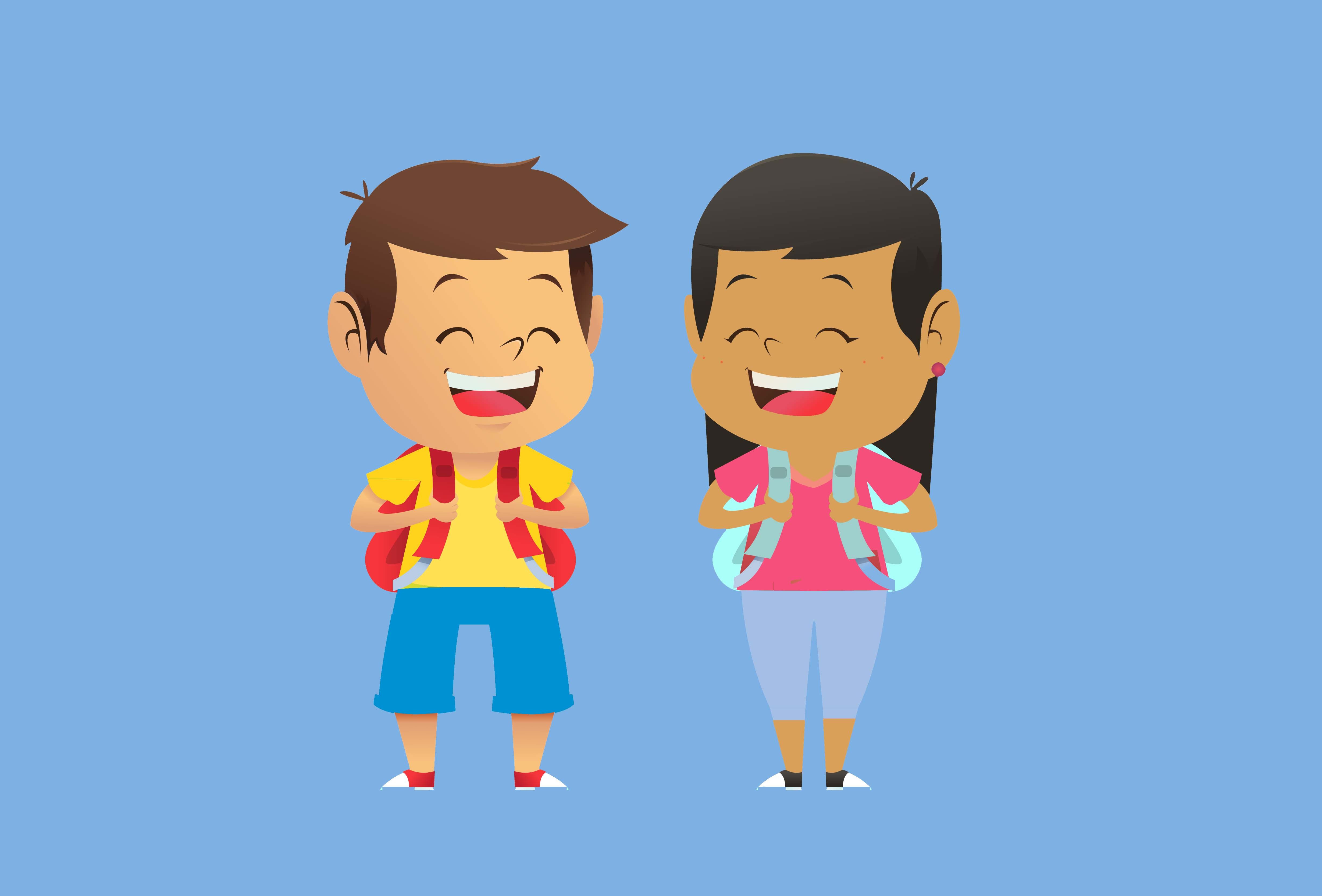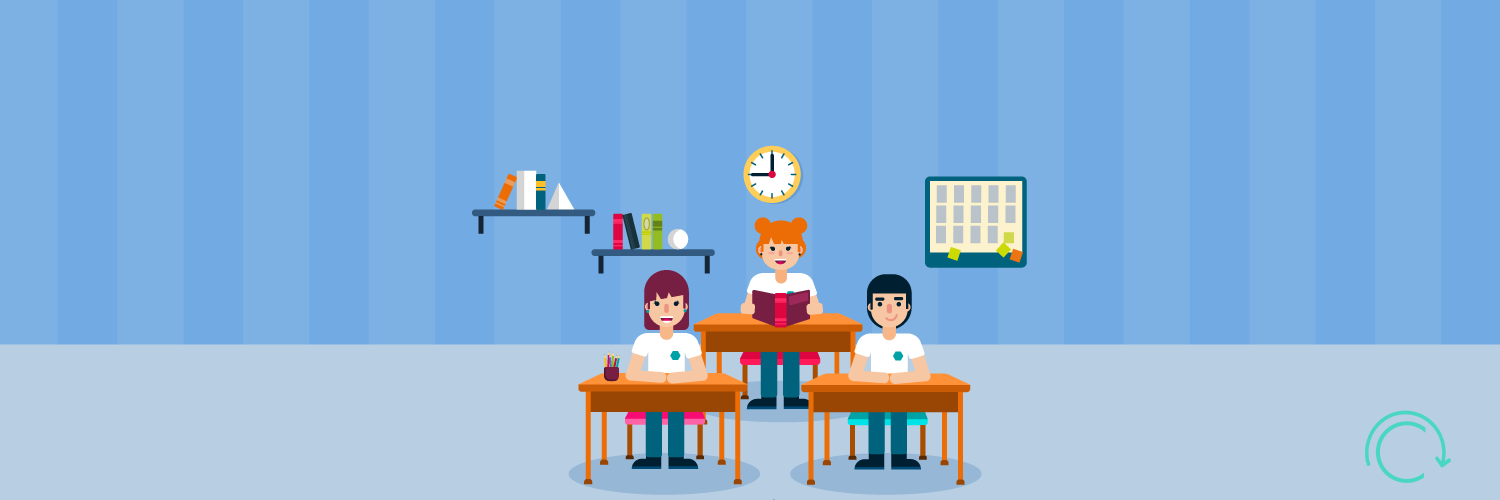Anxiety is a disorder that’s affecting several millions of people around the globe. Anxiety disorder usually begins during childhood. For this reason, it is important to observe children in the classroom to help them overcome this problem when it arises. In any given class there is a possibility of having children struggling with anxiety.
This is more than worries when viewed from all angles. Renee Jain, a popular American coordinator of anxiety programs for kids once said that classroom performance can be affected profoundly by anxiety because a brain is anxious and cannot grasp new information nor will it be able to retrieve information from its archives as compared to an anxious free brain.
Children who are anxious don’t do it on purpose, but it comes automatically from the nervous system. This situation cannot be tamed by using any words, but by practice, the anxiety can be toned down and teachers can also learn about how to support the children. The following are seven ways in which anxious children can be supported in the classroom.
-
The children should walk and talk
Walking and talking is a form of exercise. And from experience exercise helps people who are feeling anxious. The anxious brain gets to calm by the help of endorphins, which usually come by exercising the body. Gerald C Davidson in his book “Abnormal psychology” brings out a fact that through a walk and talk the anxious children get over their situations, the anxiety is cleared out through the pumping of blood, which brings positive endorphins and produces energy, and lastly, the children are able to tell their situations to the teachers.
-
The children should take deep breaths
The brain usually slows down when people tend to slow down their breathing. When a teacher realizes that there are anxious children in the classroom, he/she should lead the class to perform this exercise of deep breathing. A research done by the American Psychiatric Association indicates that slow, deep breaths help children who are struggling as it activates pumping of blood thus making the brain work faster.
-
Change of environment
An article once published by the World Health Care Organization shows that being close to nature offers a calming sensation to an anxious brain. Taking the children out for nature walks gives them a chance of breathing good air, observing the wonders of nature like the types of trees, flowers, different bird songs. This helps them to change focus from the disturbing situations to nature.

-
The children should lead a healthy lifestyle
A thorough research done by Yale University press depicts that lifestyle incorporates what children eat and how much rest they get. Usually, a teacher doesn’t have much say in what the children eat and the hours they should sleep, although this thing matters a lot when managing anxiety. Having healthy diets and adequate sleep will help children who are struggling to control hard situations. Thus, it is important to come up with a snack and rest time for preschool children. Hence teachers can educate them about the importance to eat well and have plenty of sleep.
-
Tell the children a story
When children are struggling it is important to tell them stories to raise their spirits. Use of pictures for illustrations will motivate all the children to participate and thus help calm the anxious ones. This is actually explained in detail in Richard.G’s article ‘Behaviour Research and Therapy.’
-
Provide accommodations
Many students are usually anxious to perform when it comes to tests. Anxiety hampers the brain from functioning effectively. Coming up with cue sheets and extending the time during tests and assignment periods can enable them to perform better due to reduced anxiety.
Other accommodations include seating within the classroom, following directions, encouraging class participation and class presentations.
-
Encourage positive thinking
A report written by a renowned great American Psychologist, David.H Barlow (2000) shows that when the brain is engaged in positive thoughts, it is incapable to give out anxiety thoughts. Children should be taught how to engage in positive thinking by keeping gratitude reading materials like journals. This will lead to recording things they are thankful for every day of their lives.
Latest posts by Marcus Clarke (see all)
- 7 Strategies to Support Anxious Children in the Classroom - September 7, 2017

